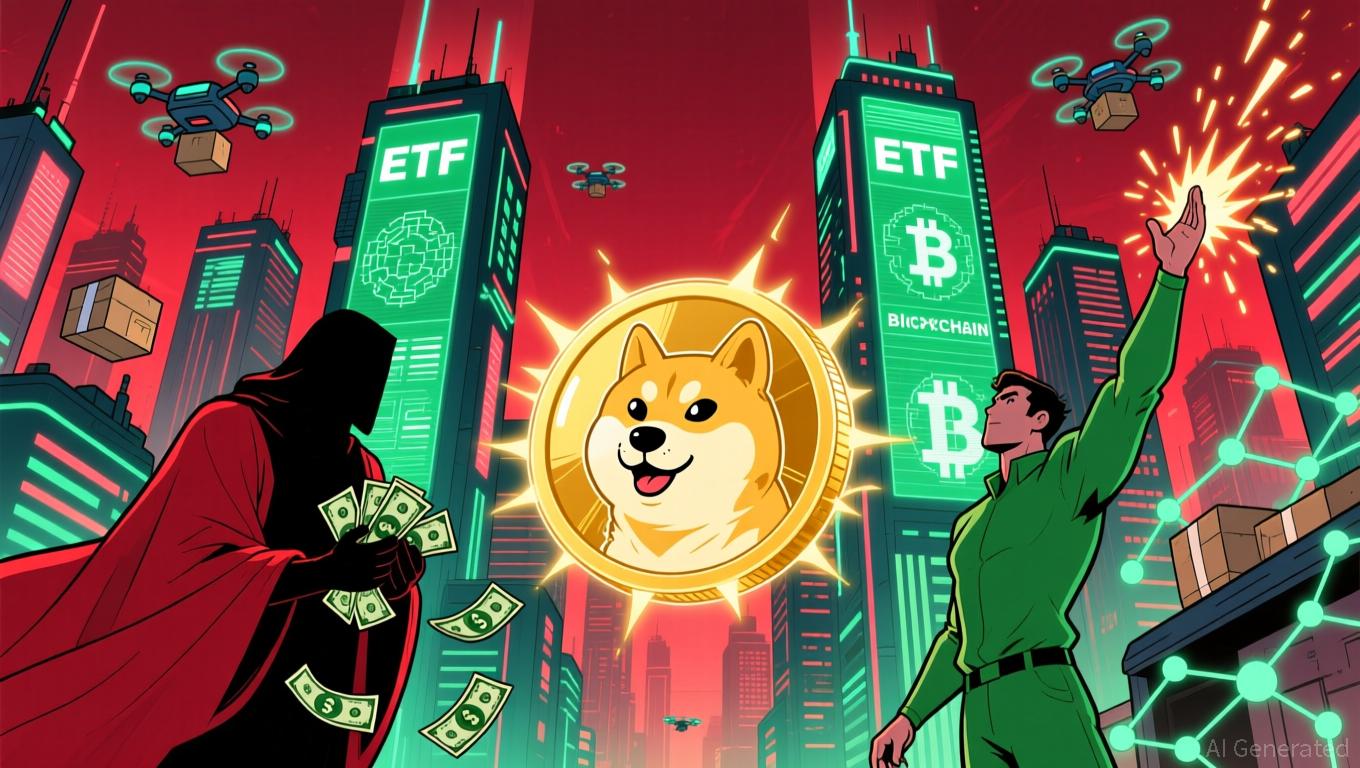The Three Keys to Next-Generation Finance: Deflation, Transparency, and Automatic Distribution
What will the financial systems of the future look like? The question sounds grand, yet its impact quietly penetrates our daily lives. Every time we spend, transfer, participate, or interact online, we are constantly generating value for some system. And yet, where does this value ultimately go? Why is it that our time, behavior, and contribution are treated as “data,” but almost never as “assets”?
A new era is emerging—one that does not rely on speculation or sentiment, but on structure itself. If the last generation of financial systems was shaped by institutions, then the next generation will be shaped by three structural principles: deflation, transparency, and automatic distribution. These are not slogans; they are the fundamental direction of Web3 as it redefines financial value. Every model that genuinely belongs to the future—including structural experiments like BeeVault—will naturally converge toward these three keys.

The first key is deflation. Deflation is not a buzzword; it is a value philosophy: value must have boundaries. In traditional systems, value is diluted by limitless expansion—money printing, asset inflation, uncontrolled supply—causing purchasing power to erode silently. In the on-chain world, deflation becomes a structural commitment: supply becomes verifiable, mechanisms become verifiable, and scarcity becomes verifiable. Some emerging designs are exploring “behavior-driven deflation,” where consumption triggers burning and participation triggers destruction. Models like BeeVault propose letting participation itself strengthen scarcity, gradually tightening and reinforcing system value as users engage. In deflation, value is not proclaimed—it is revealed through controlled scarcity.
The second key is transparency. Transparency means trust no longer depends on a central authority but on verifiable rules. In future financial systems, black boxes will not survive. Rules must be open, data must be accessible, distribution logic must be auditable, and system behavior must be observable. Transparency is not about showing off technology; it is about removing the need to trust any individual. Users no longer rely on operators, teams, or institutions—only on the structure itself. In such a system, security comes from openly visible logic, not from vague promises. Transparency allows participants to truly understand their position in the system and the long-term value their involvement can create.
The third key is automatic distribution. The core question of any financial system is: Who should value flow to? In next-generation finance, distribution can no longer be controlled by a few central actors; it must become a self-executing behavioral logic. The principle is simple: contribution determines distribution. The more you participate, the more you receive; the deeper your involvement, the stronger your accumulation. Smart contracts execute distribution automatically—no approvals, no applications, no human intervention. BeeVault’s idea of “participation triggers return flow” reflects this structural mindset: consumption, behavior, and time crystallize into on-chain hash power, and system growth automatically flows back to contributors. Automatic distribution is not a bonus—it is the return of value to rightful owners.
When deflation sets boundaries for value, transparency creates the foundation for trust, and automatic distribution ensures fairness in ownership, we begin to see the outline of the next financial era. A system built on these three principles no longer depends on emotional market swings, speculative cycles, or institutional decisions. It depends on structure, rules, and long-term value accumulation. Future finance will not ask, “Do you think the market will rise or fall tomorrow?” but instead: “Was your contribution recorded? Was your participation recognized? Did the value you created return to you?” These questions—not price charts—will define the financial systems of the coming decades.
The revolution ahead is not a price revolution but a value revolution. Not a speculation revolution but a structural revolution. Not a volatility revolution but an ownership revolution. Deflation makes value scarce, transparency makes systems trustworthy, and automatic distribution makes participation meaningful. When these principles merge into a single system, a new value paradigm emerges—one in which your time is no longer wasted, your behavior no longer ignored, and your contribution no longer evaporates.
They are recorded. They accumulate. They return to you.
This is the beginning of next-generation finance—and the question BeeVault and other forward-looking Web3 structures are trying to answer.
Disclaimer: The content of this article solely reflects the author's opinion and does not represent the platform in any capacity. This article is not intended to serve as a reference for making investment decisions.
You may also like
Aster DEX's Tactical Enhancement and What It Means for DeFi Liquidity Providers
- Aster DEX's 2025 upgrade introduces ASTER token collateral for leveraged trading, enhancing capital efficiency and reducing reliance on stablecoins. - The upgrade offers 5% fee discounts for ASTER collateral users, creating a flywheel effect that boosts token scarcity and protocol revenue. - By integrating risk management tools and multi-chain support, Aster differentiates itself from GMX and Uniswap V3 through active trading incentives and reduced impermanent loss risks. - CZ's $2M ASTER purchase trigge
Toncoin’s Updated Tokenomics: How Changes in Supply Could Attract Institutional Investors and Transform Cryptocurrency Valuations
- Toncoin's 2025 tokenomics reforms aim to align supply dynamics with institutional infrastructure, boosting real-world utility through staking and burn mechanisms. - Strategic treasury operations and protocol upgrades like Jetton 2.0 seek to stabilize supply while enhancing cross-border payment efficiency and DeFi integration. - Institutional partnerships with Tether , Bitget, and Crypto.com highlight TON's growing appeal as a scalable platform with predictable yield generation for large investors. - TON
Bitcoin Updates: ETF Outflows Push Bitcoin to Lowest Point in Seven Months Amid Market Turmoil
- Bitcoin fell below $83,400, its lowest in seven months, as U.S. spot ETFs saw $3.79B in November outflows, led by BlackRock’s $2.47B loss. - Record $903M single-day ETF redemptions accelerated crypto and equity market selloffs, with Nvidia and crypto stocks dropping sharply. - Ethereum ETFs lost $1.79B, while altcoin funds like Bitwise’s XRP gained $105M, reflecting shifting investor preferences amid liquidity concerns. - Analysts attribute the selloff to macroeconomic uncertainty and delayed Fed rate cu

Dogecoin News Today: Grayscale DOGE ETF Debut May Trigger a Wave of Institutional Interest This November
- Grayscale's DOGE ETF launches Nov 24, aiming to boost institutional adoption of the meme coin amid SEC approval. - BlockDAG's $436M+ presale outpaces ADA/BCH, leveraging hybrid PoW-DAG tech and 3.5M miners to attract 312K holders. - Ethereum faces $2,850 support pressure after FG Nexus sells 11,000 ETH, triggering $170M in 24-hour liquidations. - DOGE hovers near $0.15 support with mixed technical signals, while ETF optimism contrasts with ongoing distribution trends.

